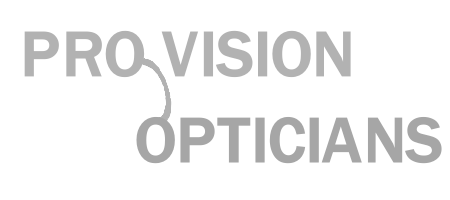The DVLA is the governmental body that issues driving licences. They also set the legal standards for efficient eyesight while driving a vehicle. According to the current driving eyesight rules in place by the DVLA, you must meet the following requirements:
Be able to read a car registration plate from a minimum of 20 metres away (the type found on cars from September 2001 onwards)
Have a visual acuity of at least decimal 0.5 (6/12) on the Snellen scale
Have an adequate field of vision (the ability to see hazards in your peripheral vision)
All of these standards can be met with or without the aid of glasses or contacts, and using both eyes, or one eye only.
Lorry and bus driver eyesight requirements
The minimum standards are higher for lorry and bus drivers. They need to meet the following standards of vision:
Have a minimum visual acuity of 0.8 (6/7.5) in their best eye and at least 0.1 (6/60) in the other
Have a minimum uninterrupted horizontal field of 160º (with a minimum extension of 70º for left and right and 30º up and down)
Use of standard glasses must have a maximum corrective power of +8 dioptres (there is no limit for contact lenses)
Other things to note
An optician can carry out tests that examine all three of the DVLA’s eyesight rules
When renewing their licence, drivers aged 70 or over need to declare that their eyesight meets the minimum legal standards. Anyone aged over 60 can get an NHS eye test free of charge
Learner drivers will be asked to read a car registration plate at the start of your practical driving test
The dangers of driving with poor eyesight
So why does the failure to meet these minimum eyesight standards pose such a risk to those on the road? What are the dangers? Here are three key reasons why getting a regular eye test is so important for road safety.
1. Lack of hazard perception
Visual observation is key when driving. Without good eyesight, there’s an increased risk of failing to spot hazards and therefore reacting quickly enough to them. This is especially true for those with bad peripheral vision – you might miss pedestrians crossing the street or cars and cyclists turning onto the road.
2. Further impaired visibility at night
Poor eyesight becomes even worse at night. Even drivers with good eyesight have impaired vision once the sun goes down. In the darkness, drivers with poor eyesight might strain harder and must concentrate more to see road signs and may also experience blurred vision and glare from headlights.
3. Dangers in road surfaces
It’s not just pedestrians and other road uses that pose a danger - other hazards on the road include obstructing objects and damage to road quality such as debris, black ice, uneven surfaces, and potholes. In fact, a total of 1.5 million potholes were reported to local UK councils between April 2018 and June 2021.
Don’t break the law
Data collected from The College of Optometrists shows that nearly half of UK drivers purposefully choose to not wear their glasses or contact lenses because they either feel like they don’t need them, can’t find them, or simply forget. That’s nearly half of drivers with poor eyesight putting themselves and others in serious danger.
With these concerning figures in mind, we want to make you aware that doing so is illegal. Anyone caught driving without their prescription glasses or contact lenses faces a hefty fine of £1,000, three penalty points on their licence, and potential disqualification from driving.
You can also be fined up to £1,000 if you do not inform the DVLA about a certain medical condition that affects your ability to drive safely. You could even face criminal charges if you are involved in a serious accident as a result of the impairment.

